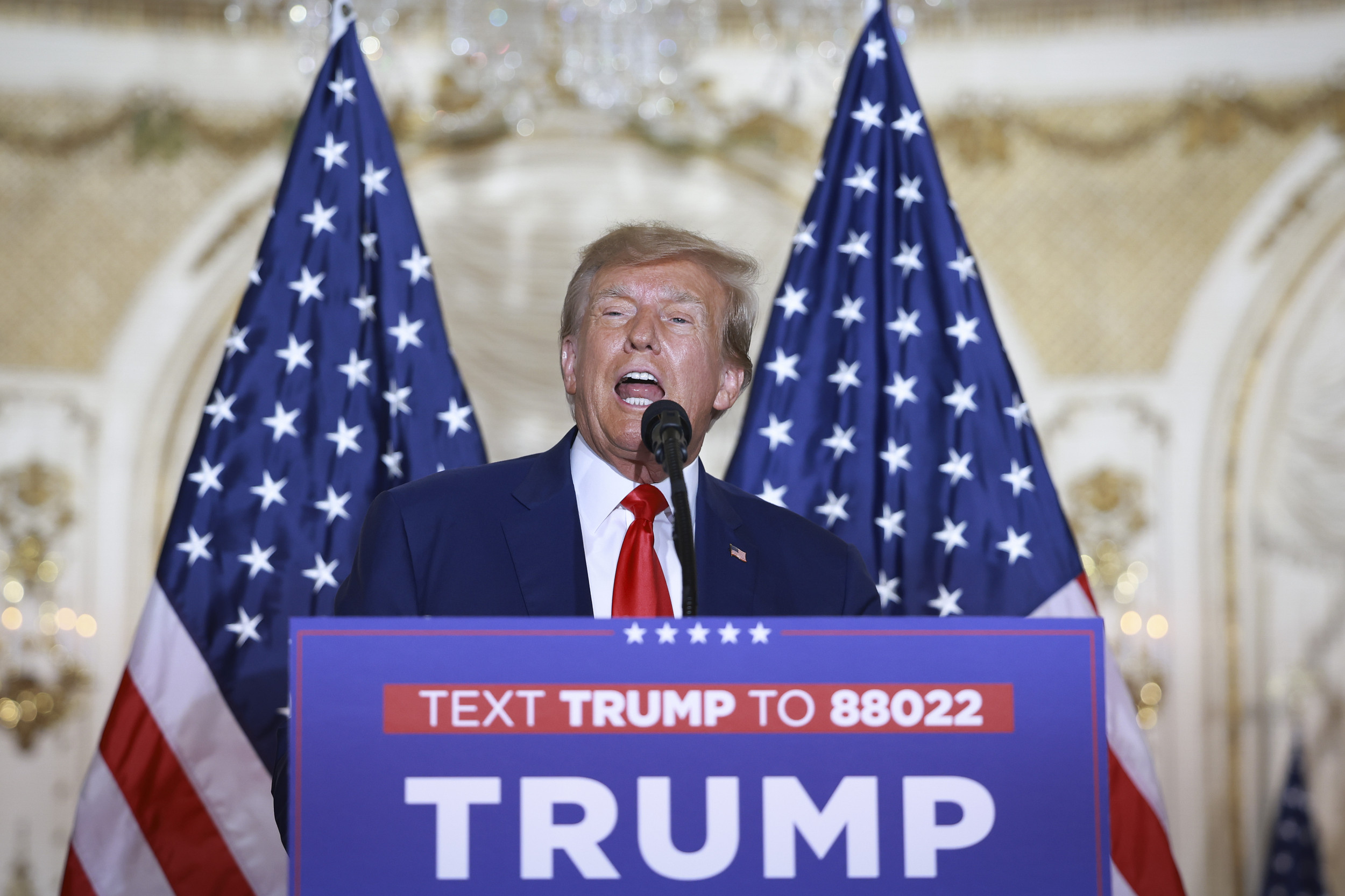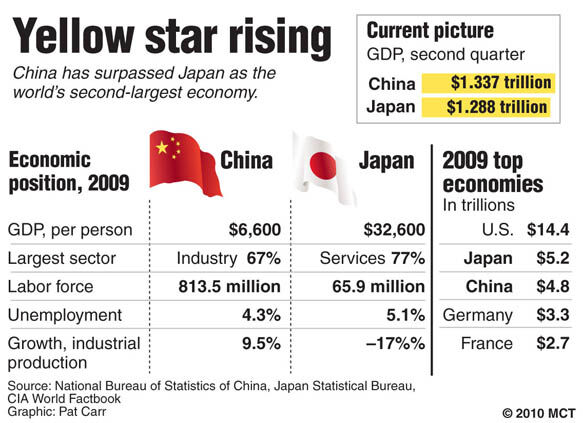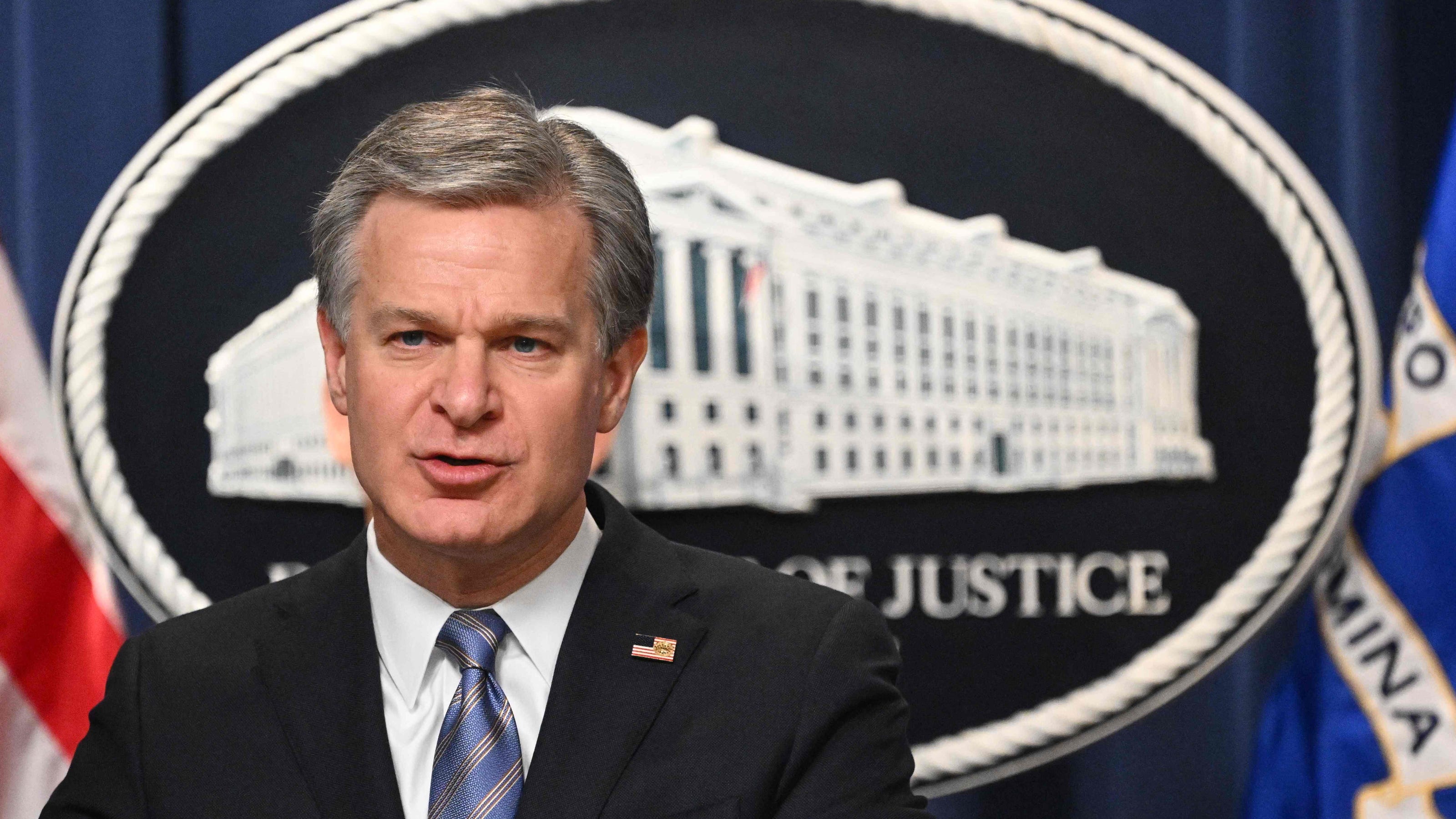Trump's Ukraine Strategy Hampered By Russian Resistance

Table of Contents
Russian Military Intervention and its Impact on Trump's Ukraine Policy
Russian military intervention in Ukraine significantly hampered the effectiveness of Trump's Ukraine strategy. This intervention manifested in several key ways:
Direct Military Support for Separatists
Russia provided extensive military support to pro-Russian separatists in the Donbas region of eastern Ukraine. This support included:
- Provision of advanced weaponry: Reports from organizations like the OSCE (Organization for Security and Co-operation in Europe) documented the supply of sophisticated weaponry, including tanks, artillery, and anti-aircraft systems, far exceeding the capabilities of local separatist forces.
- Deployment of regular Russian troops: Evidence suggests the deployment of regular Russian troops, often operating covertly, alongside and in support of separatist fighters. This direct military involvement amplified the separatists' offensive capabilities and complicated any diplomatic resolution.
- Extensive military training and logistical support: Russia provided extensive training to separatist fighters, enhancing their combat effectiveness and enabling them to sustain prolonged conflict. This included training in advanced military tactics, logistics, and the use of supplied weaponry.
These actions directly escalated the conflict and made it significantly more difficult for the Ukrainian government to regain control of its territory. The scale of Russian military intervention effectively nullified any attempts at a swift, decisive resolution favored by some within the Trump administration.
Cyber Warfare and Information Operations
Beyond direct military intervention, Russia employed sophisticated cyber warfare and information operations to undermine Trump's Ukraine strategy. These actions included:
- Disruption of critical Ukrainian infrastructure: Cyberattacks targeted power grids, communication networks, and other critical infrastructure, causing significant disruptions and undermining Ukraine's stability.
- Propaganda and disinformation campaigns: Russia launched widespread disinformation campaigns through state-controlled media outlets and social media, spreading false narratives about the conflict, undermining public trust in the Ukrainian government, and sowing discord among Western allies.
- Targeted influence operations: Russia utilized sophisticated influence operations to manipulate public opinion and political discourse both within Ukraine and internationally, furthering its geopolitical goals at the expense of a stable and independent Ukraine.
These actions successfully created an environment of uncertainty and mistrust, hindering the effectiveness of any diplomatic initiatives and weakening the resolve of Ukraine's Western allies. The resulting information chaos made it challenging to discern fact from fiction, thereby complicating efforts to forge a unified international response.
Economic Sanctions and Russian Countermeasures
The US and EU imposed economic sanctions on Russia in response to its aggression in Ukraine. However, these sanctions had limited impact due to Russia's countermeasures:
- Diversification of trade partners: Russia actively sought to diversify its trade partners, reducing its dependence on Western markets and mitigating the impact of sanctions.
- Development of domestic industries: Russia invested in developing its own industries to replace imports previously sourced from sanctioned countries.
- Strategic use of energy resources: Russia leveraged its energy resources as a political tool, undermining the effectiveness of sanctions by exploiting Europe's dependence on Russian energy.
These countermeasures significantly limited the effectiveness of economic pressure as a tool to deter further Russian aggression. The inherent limitations of sanctions, particularly in the face of a determined and resource-rich adversary like Russia, exposed a critical vulnerability within Trump’s Ukraine strategy.
Internal Divisions within the Trump Administration Regarding Ukraine
The Trump administration was internally divided on how best to approach the situation in Ukraine, further hindering its effectiveness:
Conflicting Priorities and Advisers
Disagreements within the Trump administration stemmed from differing priorities and the influence of various advisors with conflicting perspectives on Russia. This resulted in:
- Inconsistent messaging: The administration at times sent mixed signals to both Russia and Ukraine, confusing allies and potentially emboldening Russia.
- Delayed or insufficient responses: Internal disagreements often led to delayed or insufficient responses to Russian aggression, allowing Russia to consolidate its gains.
- Lack of a coherent long-term strategy: The lack of internal consensus undermined the development of a coherent long-term strategy to address the crisis in Ukraine effectively.
This internal friction weakened the administration's ability to present a united front and effectively counter Russian actions. The resulting ambiguity allowed Russia to exploit divisions and undermine the overall strategy.
Allegations of Russian Influence and Obstruction
Allegations of Russian interference in the 2016 US election and potential obstruction of justice investigations cast a shadow over the administration's approach to Ukraine. While the extent of Russian influence remains a subject of debate and investigation, its mere existence created a context of suspicion and hindered the administration’s ability to act decisively. The perceived or actual conflicts of interest significantly hampered the development and implementation of effective policies.
The Limitations of Trump's Ukraine Strategy in the Face of Russian Resistance
Despite efforts, Trump's Ukraine strategy ultimately fell short due to several critical limitations:
Insufficient Deterrence
Trump's approach failed to sufficiently deter further Russian aggression. This failure resulted from:
- Lack of strong, consistent responses: The administration's responses to Russian provocations were often perceived as weak or inconsistent, failing to deter further escalations.
- Limited military support for Ukraine: The administration provided limited military assistance to Ukraine, hindering its ability to defend itself against Russian aggression.
- Over-reliance on sanctions: The administration seemed to over-rely on economic sanctions as the primary tool, overlooking the limitations discussed earlier.
This lack of sufficient deterrence allowed Russia to continue its aggression with relatively little consequence.
Impact on Ukrainian Sovereignty and Territorial Integrity
The consequences of Russian resistance have been devastating for Ukrainian sovereignty and territorial integrity:
- Ongoing conflict in Donbas: The conflict in Donbas continues to rage, causing significant human suffering and displacement.
- Annexation of Crimea: Russia's illegal annexation of Crimea remains a significant challenge to Ukraine's territorial integrity.
- Erosion of democratic institutions: Russian aggression and interference have weakened Ukraine's democratic institutions and undermined its ability to govern effectively.
The persistent Russian resistance directly contributed to the ongoing suffering of the Ukrainian people and the erosion of their nation's sovereignty.
Conclusion
Trump's Ukraine strategy was significantly hampered by robust and multifaceted Russian resistance. From direct military intervention and cyber warfare to internal divisions and limitations in sanctions, Moscow consistently challenged the effectiveness of the US approach. The resulting difficulties highlight the complexities of confronting a major power like Russia, particularly when faced with internal political challenges. A more comprehensive and coordinated international strategy, possibly encompassing stronger sanctions and greater military support for Ukraine, might be necessary to effectively counter future Russian aggression. Understanding the full scope of Trump's Ukraine strategy and the challenges it faced due to Russian resistance is crucial for crafting effective future policies in the region. Further research into the intricacies of this complex geopolitical situation is vital to understanding the ongoing conflict in Ukraine and developing strategies to address Russian aggression. Analyzing Trump's Ukraine strategy and its failures is critical to informing future responses to Russian aggression and protecting Ukrainian sovereignty.

Featured Posts
-
 California Surpasses Japan As Worlds Fourth Largest Economy
Apr 26, 2025
California Surpasses Japan As Worlds Fourth Largest Economy
Apr 26, 2025 -
 Kendrick Lamar And Sza Uk Concert Dates Everything You Need To Know
Apr 26, 2025
Kendrick Lamar And Sza Uk Concert Dates Everything You Need To Know
Apr 26, 2025 -
 Lab Owner Convicted For Falsifying Covid Test Results During Pandemic
Apr 26, 2025
Lab Owner Convicted For Falsifying Covid Test Results During Pandemic
Apr 26, 2025 -
 Shedeur Sanders Following In Dads Footsteps But Not His Speed
Apr 26, 2025
Shedeur Sanders Following In Dads Footsteps But Not His Speed
Apr 26, 2025 -
 Chinas Impact On Bmw And Porsche Sales Market Headwinds For Luxury Brands
Apr 26, 2025
Chinas Impact On Bmw And Porsche Sales Market Headwinds For Luxury Brands
Apr 26, 2025
